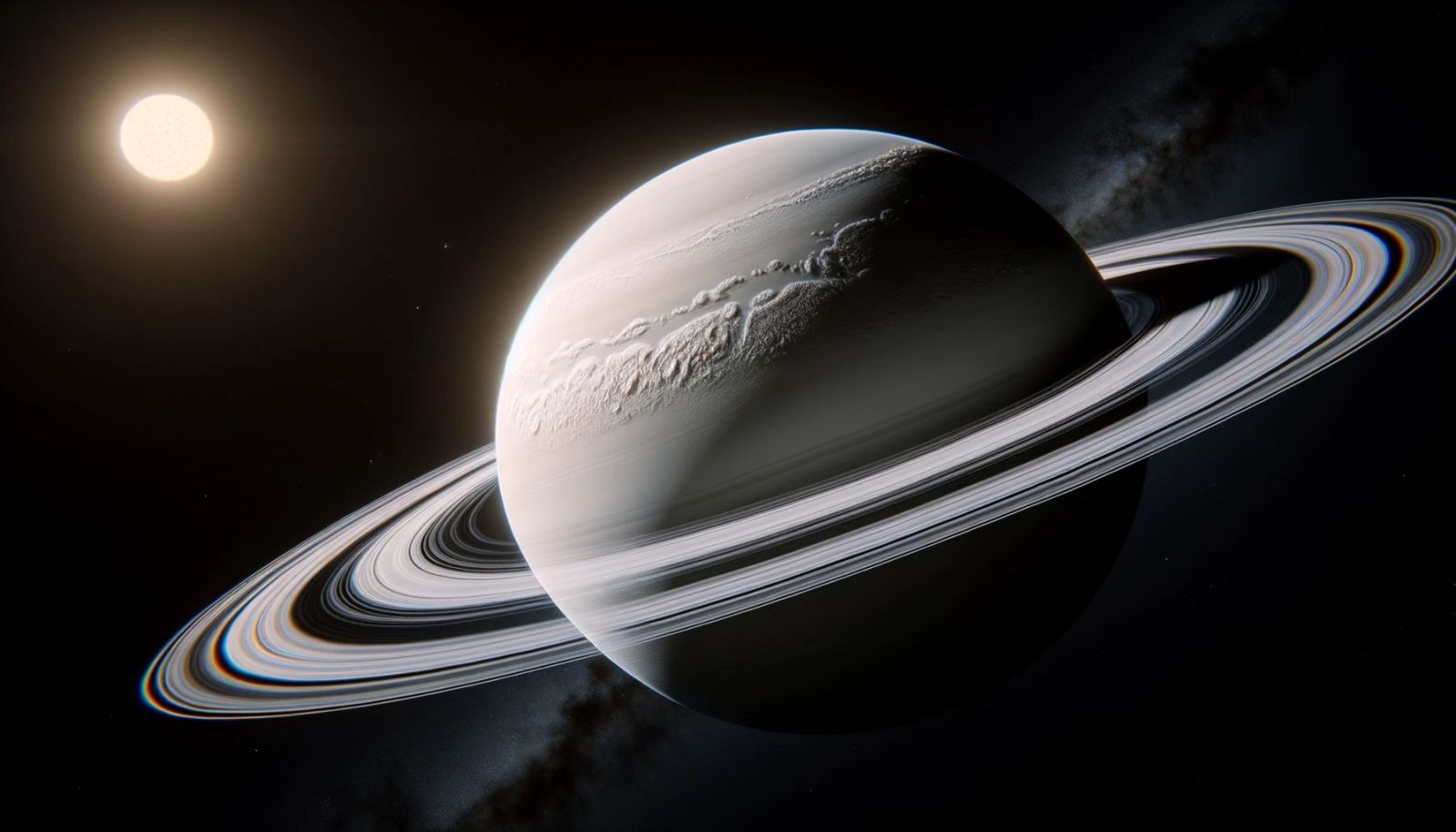Follow us on Google News (click on ☆)

The two candidate planets, directly observed using the JWST's MIRI instrument, orbit around two white dwarfs and exhibit characteristics remarkably similar to Jupiter and Saturn, both in mass and in their distance from their dead star. This discovery suggests that even after the Sun transforms into a white dwarf, engulfing the inner planets up to Mars, the gas giants could survive, drifting into further orbits.
This hypothesis is reinforced by the presence of "metals" on white dwarfs, indicating that giant planets could influence the trajectory of comets and asteroids, contributing to the metal pollution observed on these stars. Between 25% and 50% of white dwarfs show this pollution, suggesting that the presence of giant planets around dying stars is a common phenomenon.
The direct detection of these exoplanets by the JWST is a rare and valuable feat for astronomy, potentially allowing for comprehensive studies of their atmospheric composition, mass, and temperature. This type of direct observation, as opposed to usual indirect methods, opens new perspectives for understanding the survival of planets around end-of-life stars.
Interestingly, the characteristics observed in these planets' infrared spectrum challenge our current knowledge of the physics and chemistry of exoplanet atmospheres, and might even suggest the existence of hot moons orbiting these gas giants.
Research on these candidate planets, still awaiting peer review, promises to shed light on our understanding of planetary system evolution well beyond the death of their central star, thus offering a glimpse into the potential future of our own Solar System.